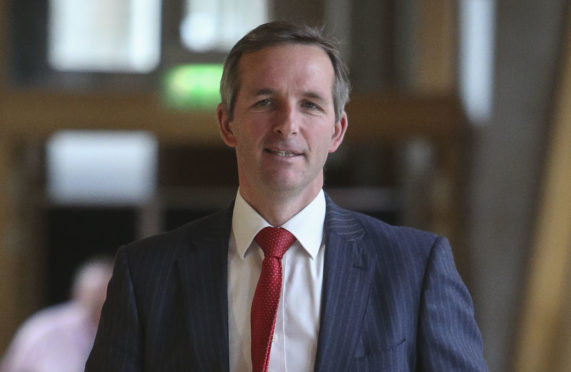
Concern has been voiced over hundreds of thousands of images of Scots that have been uploaded to police databases.
The Scottish Liberal Democrats obtained figures following a Freedom of Information request which reveal 375,305 images were supplied to the Police National Database (PND) by the Scottish force.
Police Scotland said the pictures are of people brought into custody and their policy is to delete images if there is no conviction.
However, Lib Dem MSP Liam McArthur wants a change in the law to compel police to delete pictures of innocent people within three years.
Mr McArthur has tabled an amendment to the Scottish Biometrics Commissioner Bill, which will be voted on at the Scottish Parliament’s Justice Committee on Tuesday.
The move would bring the regulations in line with current rules for DNA and fingerprint retention, although this time period can be extended by the courts.
Mr McArthur said: “It is time we gave people more control over their data and better controlled the access that others have. Public bodies should be setting a good example.”
Assistant Chief Constable Duncan Sloan, Major Crime and Public Protection, said: “We would welcome a legislative framework to support the storage and retention of imagery, and other biometric data,”
ACC Sloan said pictures taken of people brought into custody are first uploaded to Police Scotland’s Criminal History System (CHS) and then uploaded to the PND.
He added: “If a person is not charged or convicted of a crime, their image is deleted from CHS as close to real time as possible, and automatically removed from PND.”
Last year Police Scotland was criticised for continuing to hold images of more than 400 football fans suspected of offences following a pitch invasion after the cup final between Hibernian and Rangers at Hampden Park in Glasgow on May 21, 2016.

Enjoy the convenience of having The Sunday Post delivered as a digital ePaper straight to your smartphone, tablet or computer.
Subscribe for only £5.49 a month and enjoy all the benefits of the printed paper as a digital replica.
Subscribe